
If you have not yet signed up for the NASM CES certification, receive a big discount here.
Get your copy of the NASM CES exam cheat sheet. It helps immensely for studying for the exam.
My PTP students report cutting their NASM CES study time and effort in half with Trainer Academy.
Benefit from the Exam Pass Guarantee and Retake Fee Guarantee. Plus, take advantage of my current discount code PTPJULY for 50% off the MVP Program (Ends July 16th, 2025).
Try it out for free here to see if it’s right for you, or read my detailed review for further insights.
Chapter Goals:
- Show the effective techniques of coaching and communication for maximizing engagement and adherence.
- Find the proven methods of client restoration and recovery.
- Be able to communicate the right strategies for implementing overall wellness in your clients.
Introduction
When introduced to increase novel demands on the body, acute soreness of the muscles, discomfort in the musculoskeletal system, and fatigue are some physiological and psychological effects that the client experiences.
These effects will have a large impact on training and exercise to follow.
The general public is recommended to seek out information regarding the science of recovery in fitness and athletic environments.
Recovery means a systematic physiological and psychological post exercise process in which the body and brain need replenishment and rejuvenation to make preparation easy for training and competition.
Rest, refuel, and regenerate, will be the three strategies to be areas of focus.
Resting is an aspect of recovery that focuses on improving the daily amount of sleep and the quality of said sleep, along with limiting stress and increasing physical and psychological relaxation.
Refueling is an aspect of recovery that focuses on hydration and nutrition habits before, during, and following activity.
Regeneration is an aspect of recovery focusing on movement based self-care strategies for the optimization of quality and minimization of compensation.
Exclusive PTP CPT Offers |
||
|---|---|---|
Most Popular Cert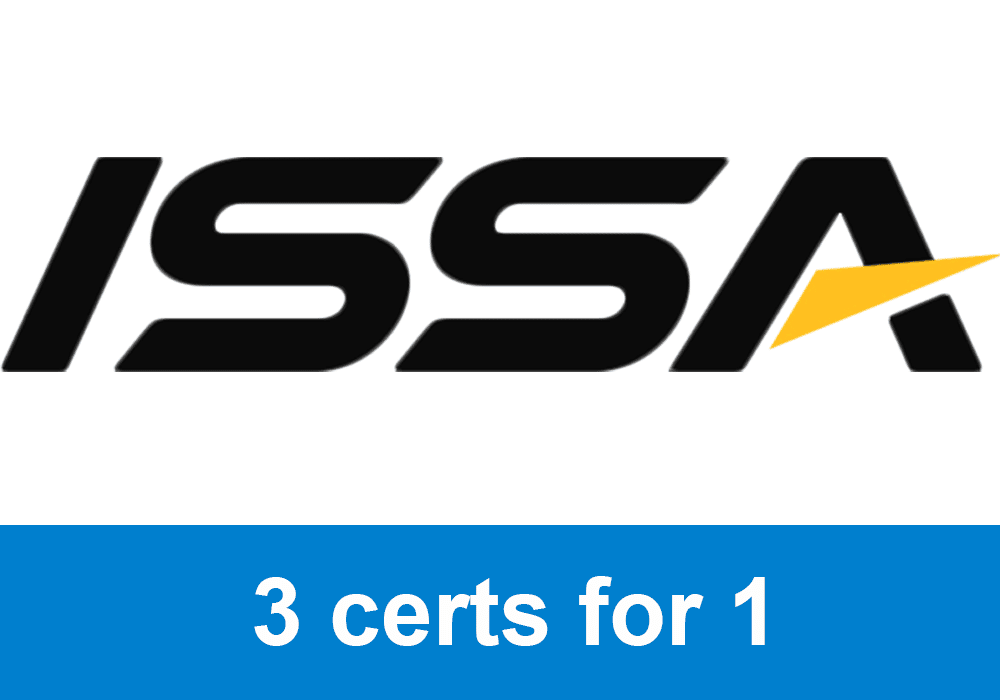 | Best Online NCCA Cert | Best Study Materials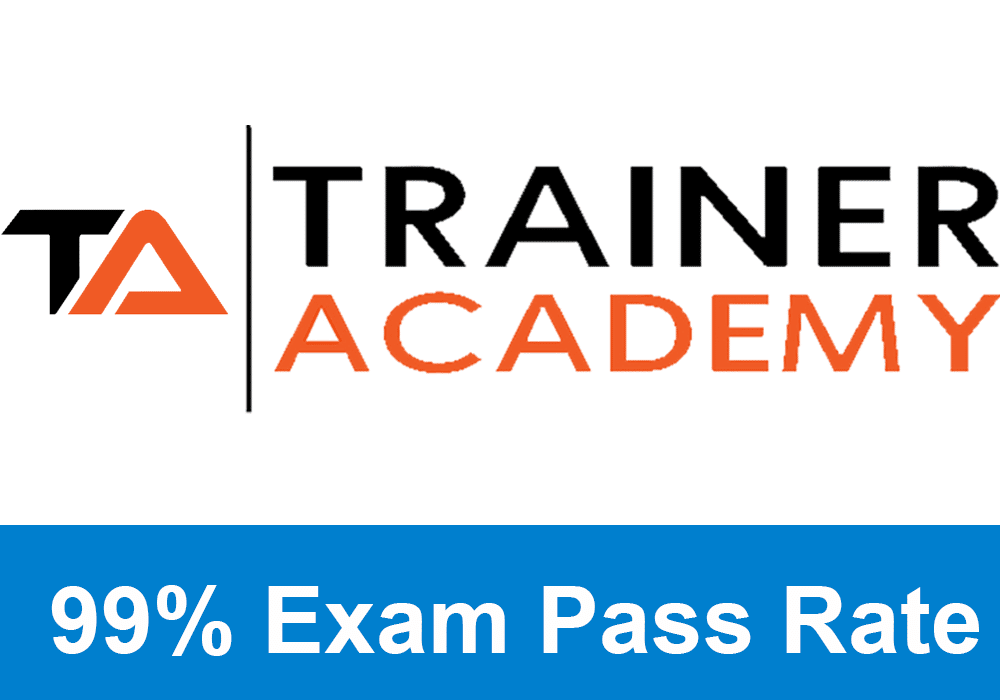 |
Gold Standard Cert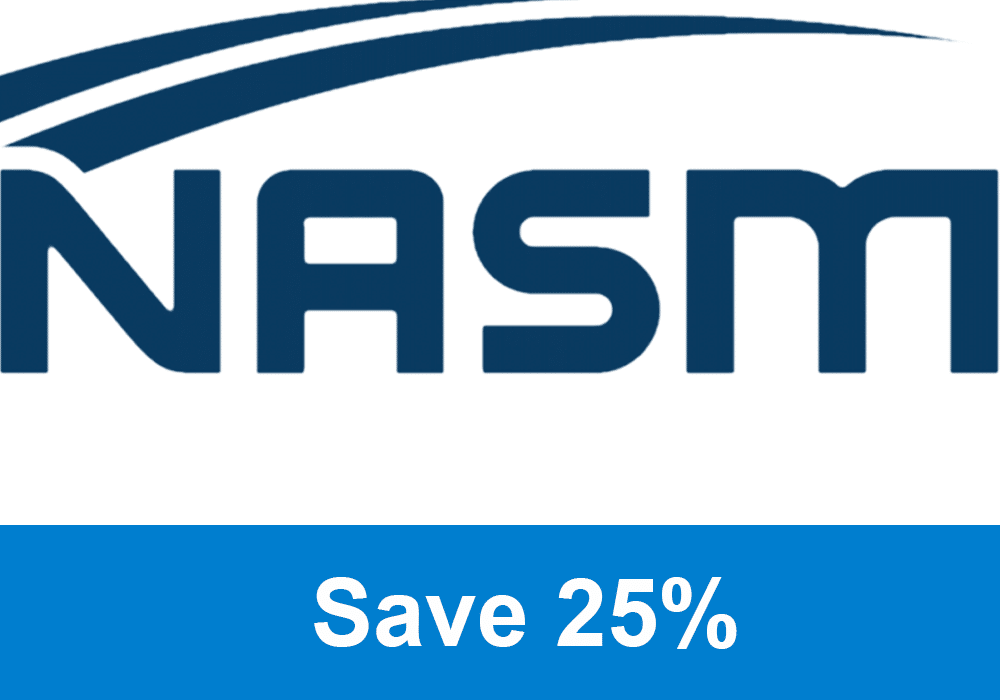 | A Good Option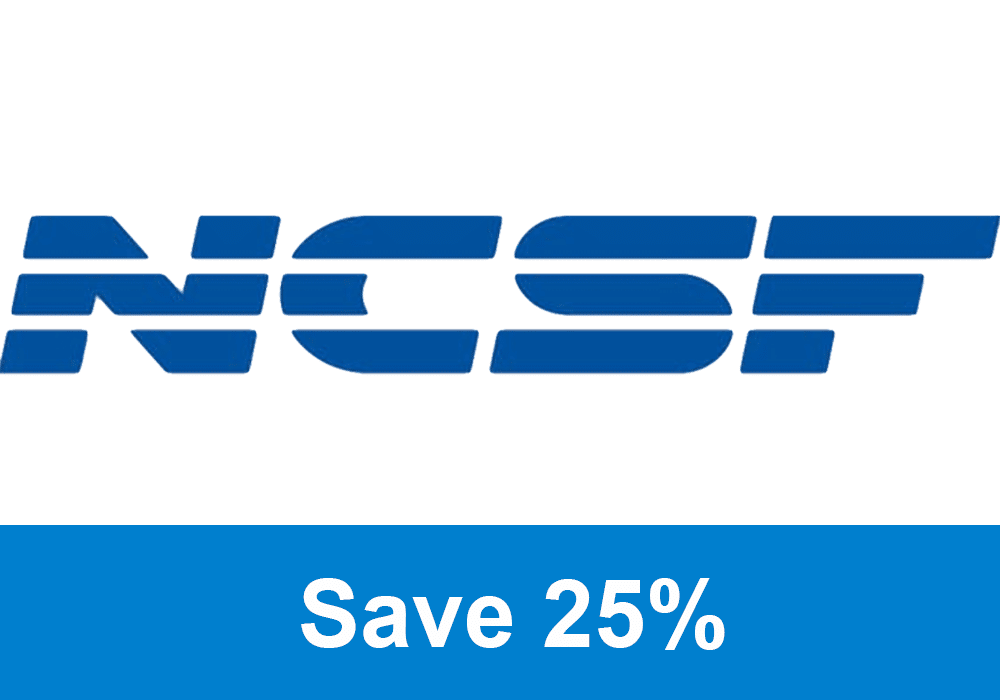 | Best CPT for you? 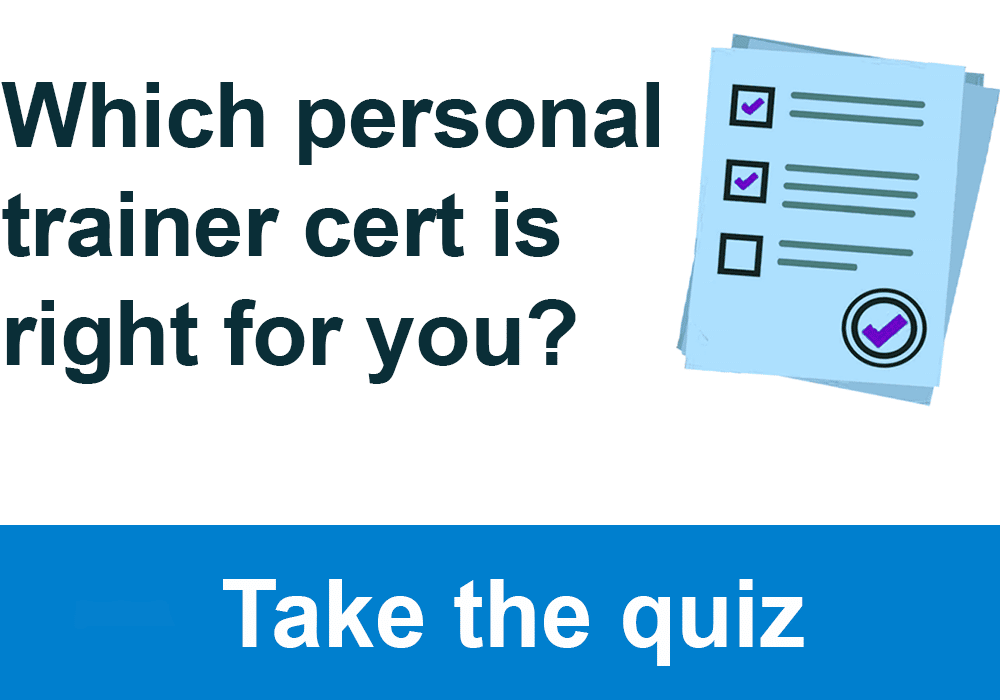 |
Exercise, Recovery, and Overall Wellness
All of the strategies of recovery are important to the overall process. If we do not address one strategy, then the overall performance may be compromised.
The six dimensions of wellness is a model used to look at the six focuses for different types of wellness. These are:
- Occupational – this is the wellness that focuses on a person’s work and their attitude toward it. Someone will only be happy with their occupation when their career aligns with personal interests, moral and political beliefs, and values.
- Physical – social interaction is something that is needed for human existence. Relationships that are positive and healthy will lead to a healthier lifestyle. People who do not commit to improving their social welfare and the welfare of others around them will find their environment built on trust and harmony. Negative relationships, on the other hand, will drastically affect social wellness.
- Intellectual – creativity and education are going to be key parts of development. People who consistently challenge their beliefs, stay open to new ideas, encourage creative thinking, and strategically problem solve and plan will be less likely to have stress and conflict in their life.
- Spiritual – intolerance and close mindedness are two of the bigger detriments to spiritual wellness. People that consistently question their existence, beliefs, and values while remaining tolerant and open to other views will have a deeper appreciation for the universe.
- Emotional – this is the ability for someone to find and accept emotions and feelings. Someone who can freely express their feelings will find more meaningful relationships and handle conflict with maturity and clarity.
Recovery Planning
Using a recovery plan will outline the client’s individualized and systematic recovery process.
The first step will be a recovery questionnaire.
This is used during the client intake session and before the training sessions.
The data provided here is subjective and shows the individual’s habits and will allow you to help improve those things for them.
The second step will be the development of a successful plan of recovery.
The plan targets the recovery variables based on the client’s reporting in the first step.
It will address both physiological and psychological rejuvenation to ensure one is ready for the following training session or competition.
The last step to the recovery plan will be implemented.
The professionals must be able to effectively communicate programs, strategies, and goals to increase adherence and compliance.
Recovery Questionnaire
Systematic and strategic recovery plans start with assessing a client’s habits through questionnaire questions.
The questions will be in the three categories of rest, refuel, and regenerate.
Recovery Strategies
Recovery Tools and Methods
The use of recovery strategies has grown, and so has the production of various recovery tools and methods.
Exclusive PTP CPT Offers |
||
|---|---|---|
Most Popular Cert | Best Online NCCA Cert | Best Study Materials |
Gold Standard Cert | A Good Option | Best CPT for you?  |
Recovery tools and methods have 1 of 3 underlying principles to increase the range of motion, reduce soreness of the muscles, and flush out the accumulation of lactate in the blood that results from high intensity exercise.
There are many tools that we can find out there to assist with the different parts of recovery.
Sleep Strategies
One of the most undervalued, overlooked, and yet important strategies for recovery is achieving the proper amount of sleep at night.
Restorative sleep is needed and, when done correctly, is sufficient for replenishing the energy stored from training.
The release of anabolic hormones is facilitated by restorative sleep.
Nutrient Timing Applications: Endurance and Strength Based Activities
Carbs and fats are the main substrates used in endurance activities.
The actual intensity of the activity will determine which of these contributes the most.
Carbs will be the ones used during moderate and high intensity activity, and fats will be the main ones used during low intensity exercise.
Make sure to review the table on fueling strategies for these two types of activity in this chapter.
Note the timing of the meals, the composition of those meals, and the hydration strategy that is recommended to accompany the timing.
There are strength and endurance strategies for athletes. Make sure to note the differences in the makeup.
Hydration
The objective of hydration concerning planned activity will be to replace the fluid lost when sweating and keep that hydration status as we go into the next training session.
If less than 3 percent of body weight is lost in the session or competition, the client may consume fluid as desired.
Movement Strategies
Optimizing the recovery can be pigeonholed as being a more passive part of health, wellness, and performance.
The factors such as sleep, psychological relaxation, nutrition, and hydration are some of the key factors in the process.
Communication Skills for Adherence
A lot of the challenge around recovering behaviors lies in increasing the adherence to homework away from the session.
In the first sessions, the time spent is discovering the client’s needs and status.
As discussed, physical and mental wellbeing conversations are meant to calculate the current behaviors contributing to the situation.
This, along with the goal setting, will lay the foundation for various behaviors needed to be addressed for improvements in recovery through structured and measurable strategies.
Implementing new and modified habits and client inclusion will be a process that helps with client adherence.
The client should have an active role in the behaviors needed to be addressed and the extent to which they are compliant.
Improving Client Self-Care Adherence
Homework is a big part of making lifestyle changes.
The student learns a basic lesson in class, goes home to do practice exercises, and then reviews the homework in the classroom setting for comprehending materials; the client should do the same with their health homework.
Transtheoretical Model for Fitness and Regeneration
Here are the stages of the transtheoretical model:
- Pre-contemplation: people don’t know that they have a problem or that a new behavior is needed.
- Contemplation: they understand that an issue needs to be addressed and that the current behavioral path is detrimental to health and goals.
- Preparation: research and planning on lifestyle change are taking place.
- Action: behaviors are being executed to reverse the problem.
- Maintenance: consistent action is taking place to improve the condition or lifestyle overall.
- Termination: there is an undesirable status that no longer is a temptation, and counter behavior has taken hold.
The TTM is a useful model with the goal of the fitness professional being that they should try to move the client along the stages to get to the maintenance stage.
Talking About Corrective Exercise With Clients
Corrective exercise is a somewhat new concept of exercise that has risen in popularity and awareness among fitness professionals over the previous 15 years.
Explaining the assessment process is the first part of the discussion on corrective exercise.
The client should be focused on learning the why of what they are changing.

 Have a question?
Have a question? 



Tyler Read
PTPioneer Editorial Integrity
All content published on PTPioneer is checked and reviewed extensively by our staff of experienced personal trainers, nutrition coaches, and other Fitness Experts. This is to make sure that the content you are reading is fact-checked for accuracy, contains up-to-date information, and is relevant. We only add trustworthy citations that you can find at the bottom of each article. You can read more about our editorial integrity here.